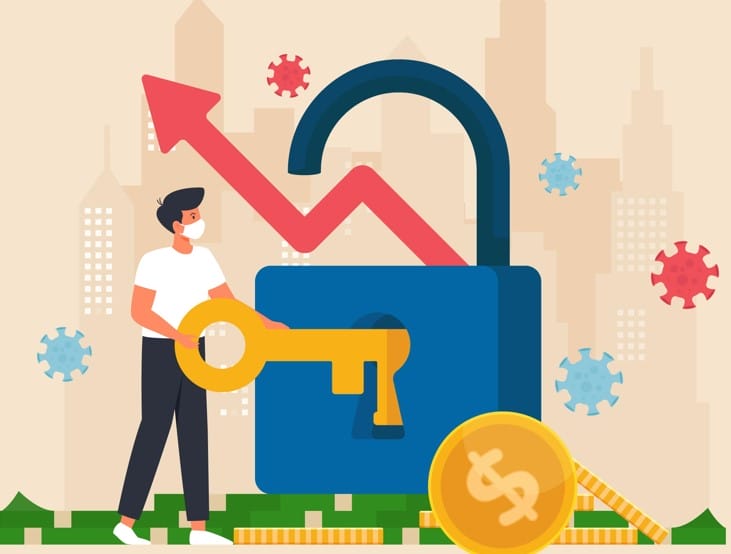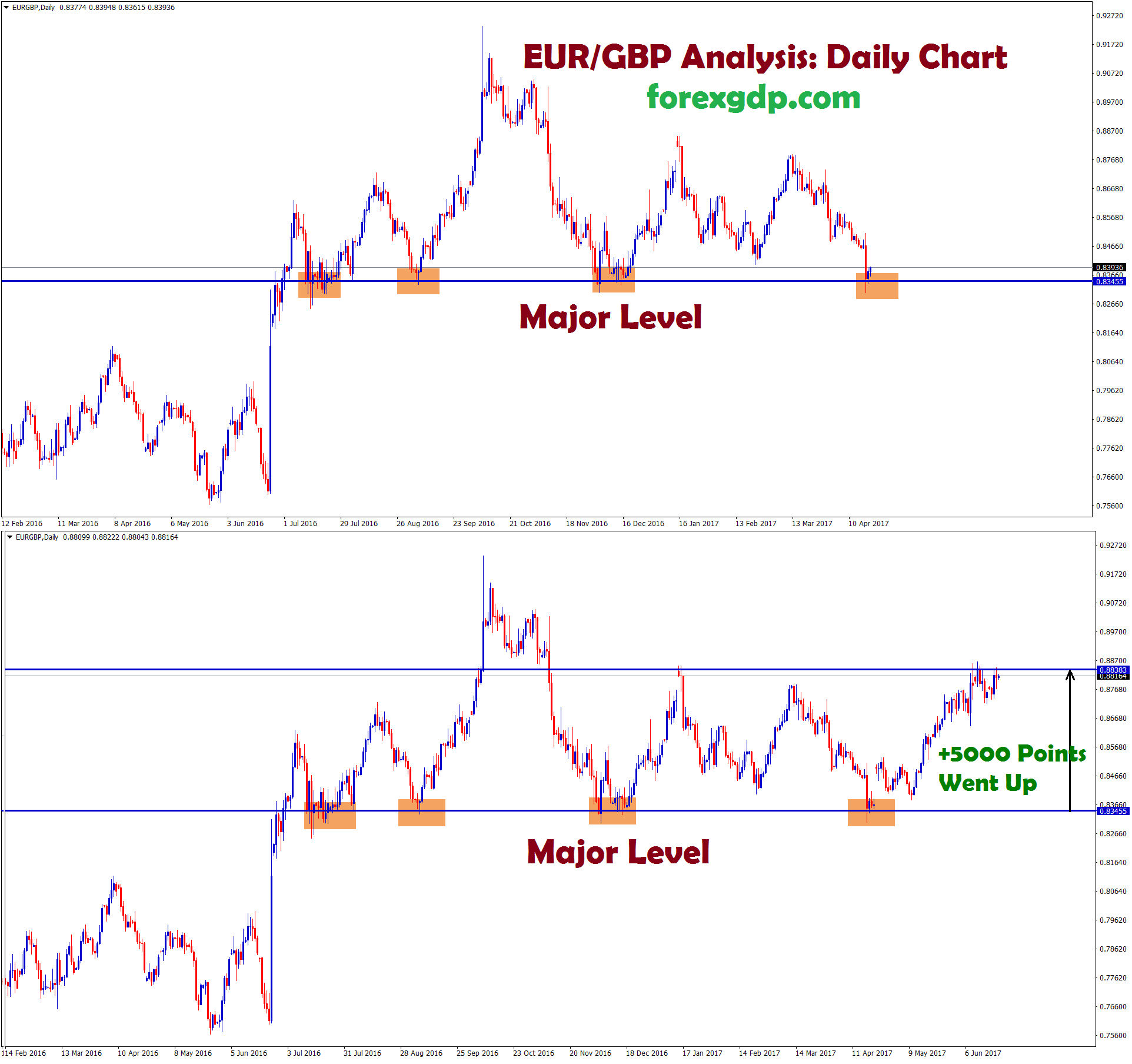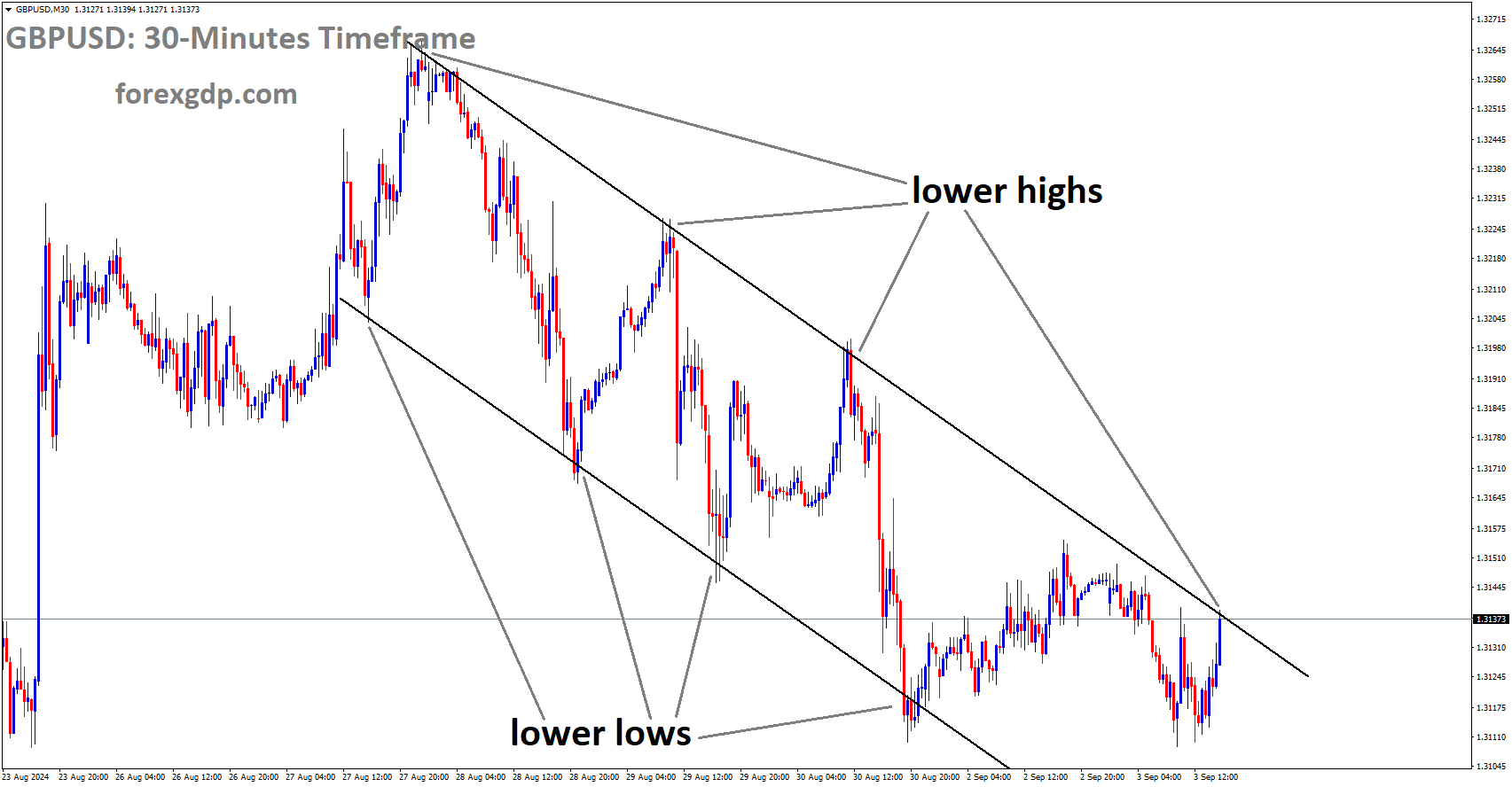Leverage is a powerful tool in forex trading that allows traders to maximize their potential gains using borrowed money. It can magnify profits and increase losses, making it a double-edged sword for inexperienced traders. With leverage, a trader can control positions much more significant than their initial investment, which opens up opportunities for significant returns. However, it should be used cautiously, as the potential for losses is equally high. This article will discuss the various effects of leverage in forex trading and how traders can use it to their advantage.
Amplifies profit potential

Leverage is known for its ability to magnify profits, making it an attractive tool for traders looking to increase their earnings. With leverage, traders can control positions much more significantly than their initial investment, allowing them to earn higher returns on successful trades. For example, with a 1:100 leverage ratio, a trader can control $100 for every $1 they invest. Therefore, if the market moves in their favor by 1%, they would profit $100 instead of just $1 without leverage.
High-leverage forex brokers offer even higher ratios, such as 1:500 or 1:1000, which can significantly amplify profits. However, it should be noted that higher leverage ratios also increase the potential for losses. Therefore, traders must carefully consider their risk tolerance and use appropriate risk management strategies when using high-leverage ratios.
In addition to increasing profits, leverage allows traders to diversify their portfolios and simultaneously enter multiple trades. It can further boost potential earnings and reduce the impact of a single losing trade.
Increases exposure
Another effect of leverage is increasing a trader’s exposure to the market. A trader can control more prominent positions and be exposed to more significant market movements using borrowed funds, resulting in higher potential profits and risks.
For instance, a trader has $10,000 in their account and uses 1:100 leverage to control $1 million of currency. If the market moves against the trader by 1%, they will lose $10,000, their entire account balance. In contrast, the same market movement of 1% without leverage would only result in a $100 loss, highlighting how leverage can increase the impact of market movements on a trader’s account.
Therefore, traders must thoroughly understand their risk exposure and have a solid risk management plan when using leverage. It is essential to use leverage wisely, as it can quickly deplete an account if not used carefully.
Requires lower capital

One significant advantage of leverage is that it allows traders to enter trades with lower capital than what would typically be required, which makes forex trading accessible to a broader range of individuals, as they do not need large sums of money to start trading.
Without leverage, a trader would need significant capital to make meaningful profits in the forex market. Leverage levels such as 1:100 or 1:500 allow traders to enter positions with a fraction of the required capital, making it more affordable and attractive for retail traders.
Leverage can also benefit experienced traders who want to diversify their portfolios or take advantage of short-term market opportunities without tying up too much capital. However, it is essential to remember that leverage increases risk and should not be used as a substitute for proper risk management.
It can lead to high-risk trading
As mentioned earlier, leverage is a double-edged sword and can significantly increase the risk of trading. The higher the leverage ratio, the larger the potential profits and losses. Traders who do not understand the risks of using high-leverage ratios can quickly lose their entire account balance.
Traders may be tempted to take higher risks when using leverage, hoping for quick and significant profits. However, this can lead to overtrading and a lack of proper risk management, resulting in devastating losses.
It is crucial for traders to thoroughly understand the risks involved with leverage and use it cautiously. It is advisable to start with lower leverage ratios and gradually increase as experience grows.
Requires a disciplined approach
Using leverage successfully requires discipline and proper risk management. Traders must have a solid trading plan and stick to it, even when using high-leverage ratios.
A familiar mistake traders make is overleveraging, meaning they use too much of their account balance for each trade. It increases the potential for losses and can quickly deplete an account.
Discipline also involves having a stop-loss in place, which helps limit potential losses. With leverage, market movements can significantly impact a trader’s account balance, making having a predefined exit strategy crucial.
Traders must also remain disciplined and not let emotions take over when using leverage. It is essential to stick to the trading plan and not let greed or fear drive decision-making.
It can lead to margin calls
One of the significant risks of using leverage is the possibility of a margin call. A margin call occurs when a trader’s account balance falls below the minimum required margin and cannot meet their margin obligations.
In such a scenario, the broker can close out the trader’s positions to protect themselves from potential losses. This results in losing the trade and any remaining account balance.
To avoid margin calls, traders must have enough funds to cover potential losses and maintain adequate margins. Monitoring positions regularly and using risk management tools such as stop-loss orders to prevent margin calls is crucial.





